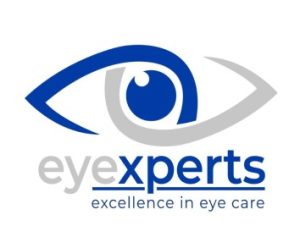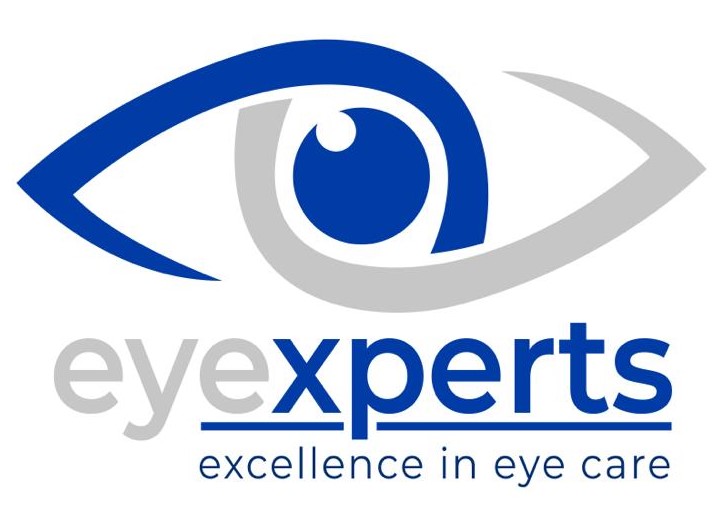Peadiatric Eye Problems
According to experts 80% of learning is visual which means that if your child is having difficulty seening clearly his or her learning can be affected. this also goes for infants who develop and learn about the world around them through their sense of sight. to ensure that your child have the visual resources they need to grow and develop normally their eyes and vision should be checked by an eye specialist at certain stages of their development.
Ptosis is a medical condition characterized by drooping or sagging of the upper eyelid. It can affect one or both eyes and can be temporary or permanent. Ptosis occurs when the muscles that control the eyelid are weak or become paralyzed. There are several causes of ptosis, including aging, muscle weakness, nerve damage, trauma, and certain medical conditions such as myasthenia gravis and Horner’s syndrome. Treatment options for ptosis depend on the underlying cause and severity of the condition.
Conservative treatments for mild cases of ptosis may include:
1. Observation:
If the drooping eyelid does not affect vision or cause significant discomfort, your doctor may recommend monitoring the condition without any immediate treatment.
2. Eyelid crutches or tape:
These are temporary solutions that can help lift and support the drooping eyelid. They can be attached to glasses or worn directly on the skin
3. Surgery:
For moderate to severe cases of ptosis or if conservative measures are not effective then surgery is performed for ptosis correction.


